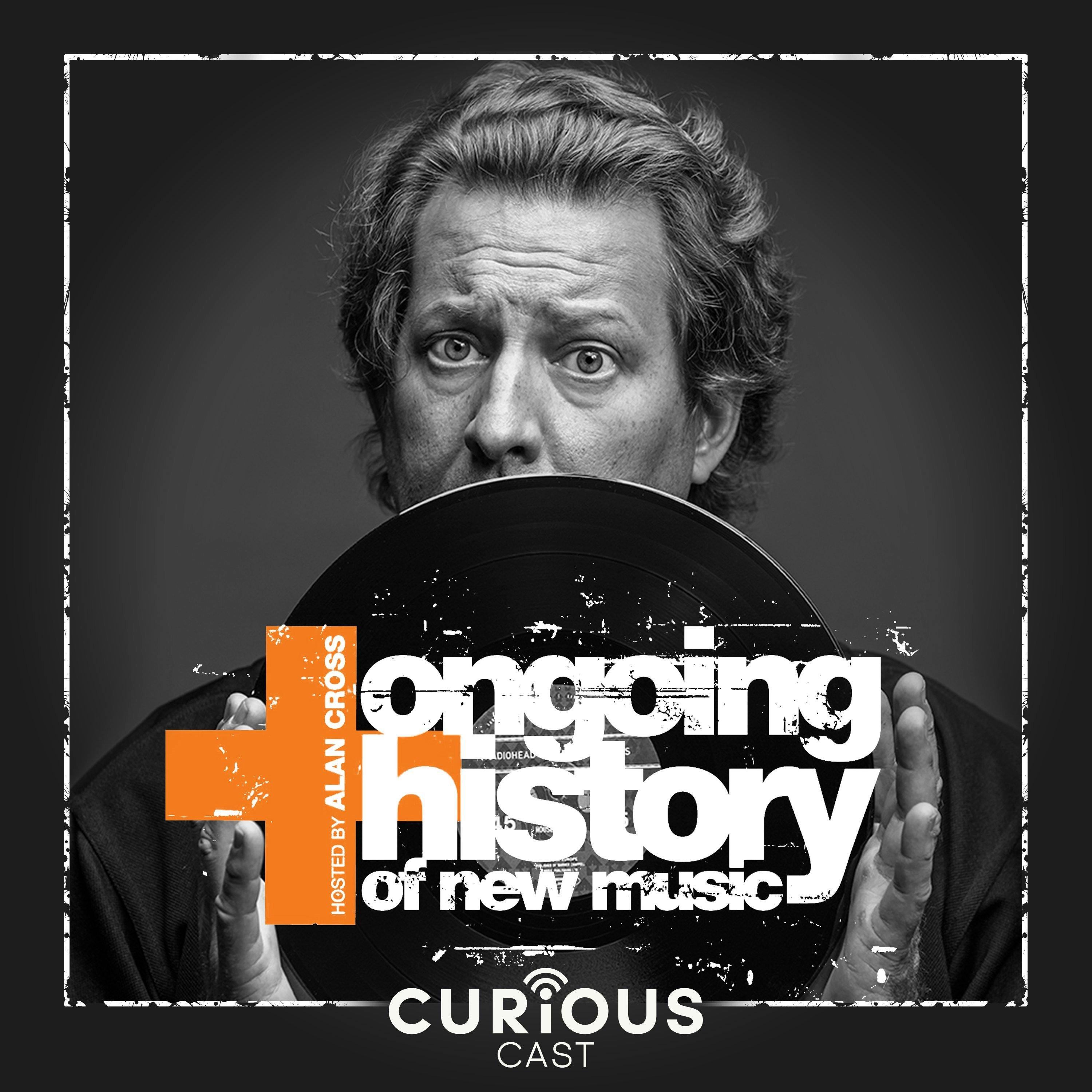Lo-Fi: A History

For the first 60 years of the recorded music industry, things sounded awful\u2026the quality of the recordings people had to put up with were terrible\u2026the old 78 rpm records played on gramophones were no match when it came to hearing music live\u2026we just didn\u2019t have the technology to capture audio so that when we listened back, it sounded real\u2026\nThat began to change in the late 1940s with the introduction of vinyl records: the 33 1/3 rpm vinyl album and the 7-inch 45 rpm single\u2026it changed further with the switch to magnetic recording tape in the early 1950s\u2026\nNew microphones, better tape machines, and further understanding of acoustics when it came to building recording studios\u2026then came better turntables, amplifiers, and speakers\u2026recorded audio started to sound more and more like the real thing\u2026\nIn the middle 50s, people started to hear about something called \u201chigh-fidelity\u201d\u2026it was a marketing term invented by the audio industry to describe equipment capable of producing music properly\u2026\nOnce stereo recordings came along in the late 50s, music fans went wild and started buying hi-fi gear for their homes\u2026then their cars\u2026and then for going mobile\u2026\nIt was an endless pursuit for perfect sound, music that was loud, clean, clear, and accurate\u2026meanwhile, recording studios were constantly in a state of retrofitting and refurbishment because artists demanded the best for their music\u2026\nThat was the 1970s\u2026in the 1980s, there was a reaction, a backlash, an artistic regression, after the introduction of the compact disc\u2026for some, this music was too perfect, too shiny, too unreal\u2026\nThey felt it contained none of the imperfections that made it human\u2026beauty, they thought, was in the mistakes\u2026that\u2019s what made music authentic\u2026audio quality mattered less than being able to listen to music that obviously came from the heart\u2026\nThese music fans even had a name for this approach\u2026if the best-sounding audio was high-fidelity, then what they wanted was the opposite: low-fidelity\u2026and that aesthetic continues today\u2026this is the history of Lo-Fi music\u2026\nLearn more about your ad choices. Visit megaphone.fm/adchoices